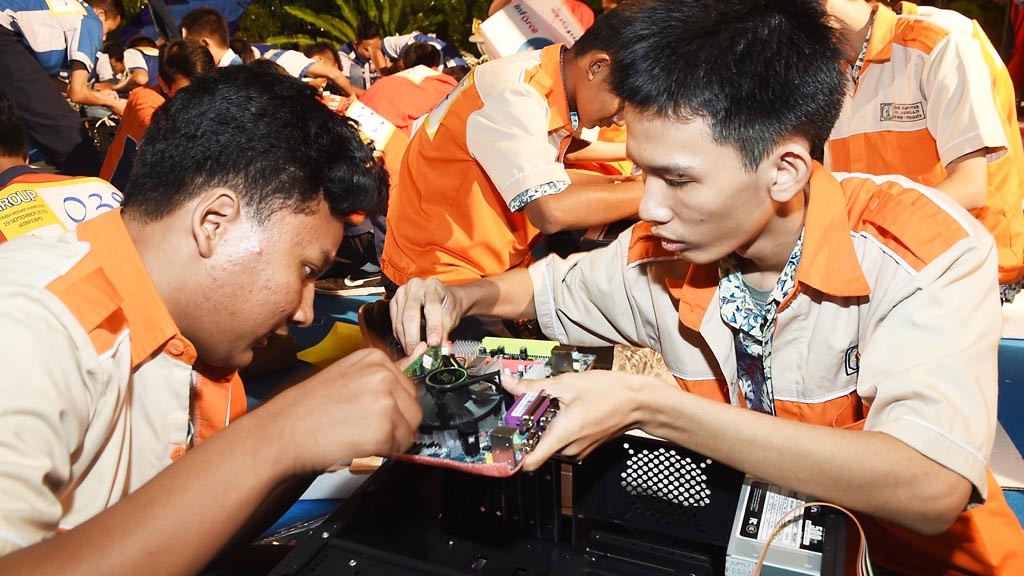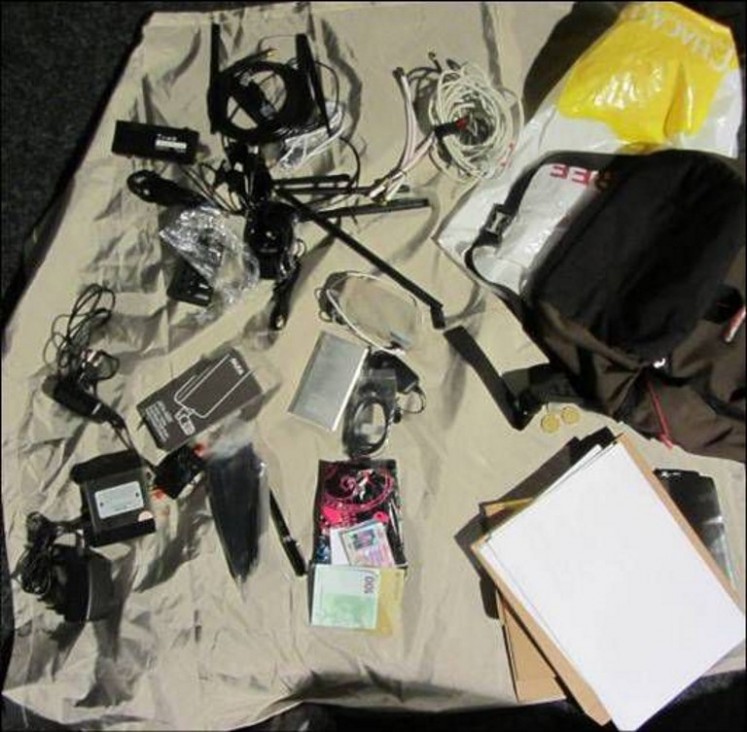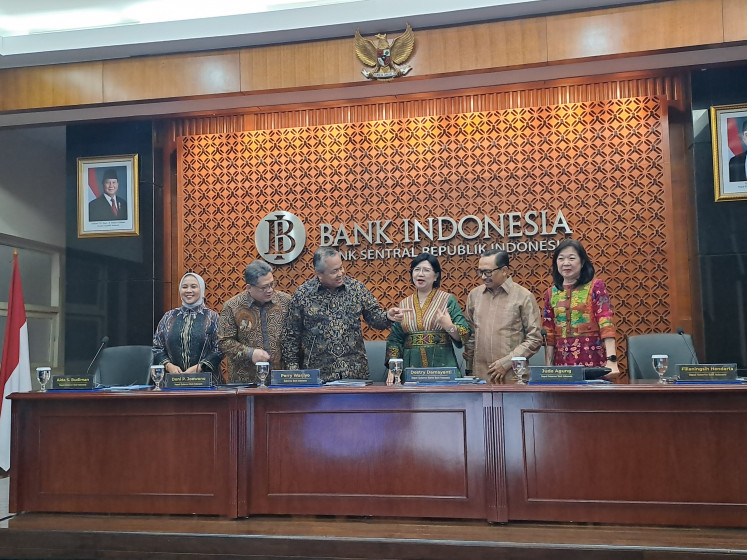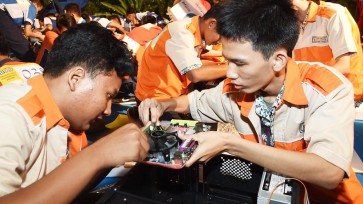Popular Reads
Top Results
Can't find what you're looking for?
View all search resultsPopular Reads
Top Results
Can't find what you're looking for?
View all search resultsVocational education: Matching needs for skills
Change text size
Gift Premium Articles
to Anyone
I
ndonesia’s unemployment rate fell to 5.3 percent in 2018 from 11.2 percent in 2005. Nevertheless, challenges in the labor market persist. In fact, the percentage of youth (aged 15 to 24 years) who are neither in school, nor working, nor undertaking training is still very high at 22.5 percent, an increase of 1.1 percentage points from the previous year and higher than the average rate of 13.1 percent in Southeast Asia.
Also, the share of unemployed youth in total unemployment is substantial at 57.9 percent, which is considerably above the global average of 30 percent.
To reduce youth unemployment and to improve labor market outcomes, extending the access to vocational education is often an appealing option for policymakers in developing countries.
Vocational education is believed to produce “specific human capital”, which provides students with the opportunity to learn specific job-relevant skills that can make them more readily suitable for a given job.
Vocational education is also considered to be a safety net that reduces the risk of falling to the bottom of the labor queue, especially when students are unlikely to continue their education to the university level.
Likewise, the Education and Culture Ministry is enthusiastically embracing the idea of increasing the number of vocational high schools (SMK). It aims to increase the proportion of SMK from the current 42 percent to 70 percent by 2025.
Toward that goal, the construction of new general high schools (SMA) was halted, while new SMK were built and some already established SMA were converted into SMK.


















